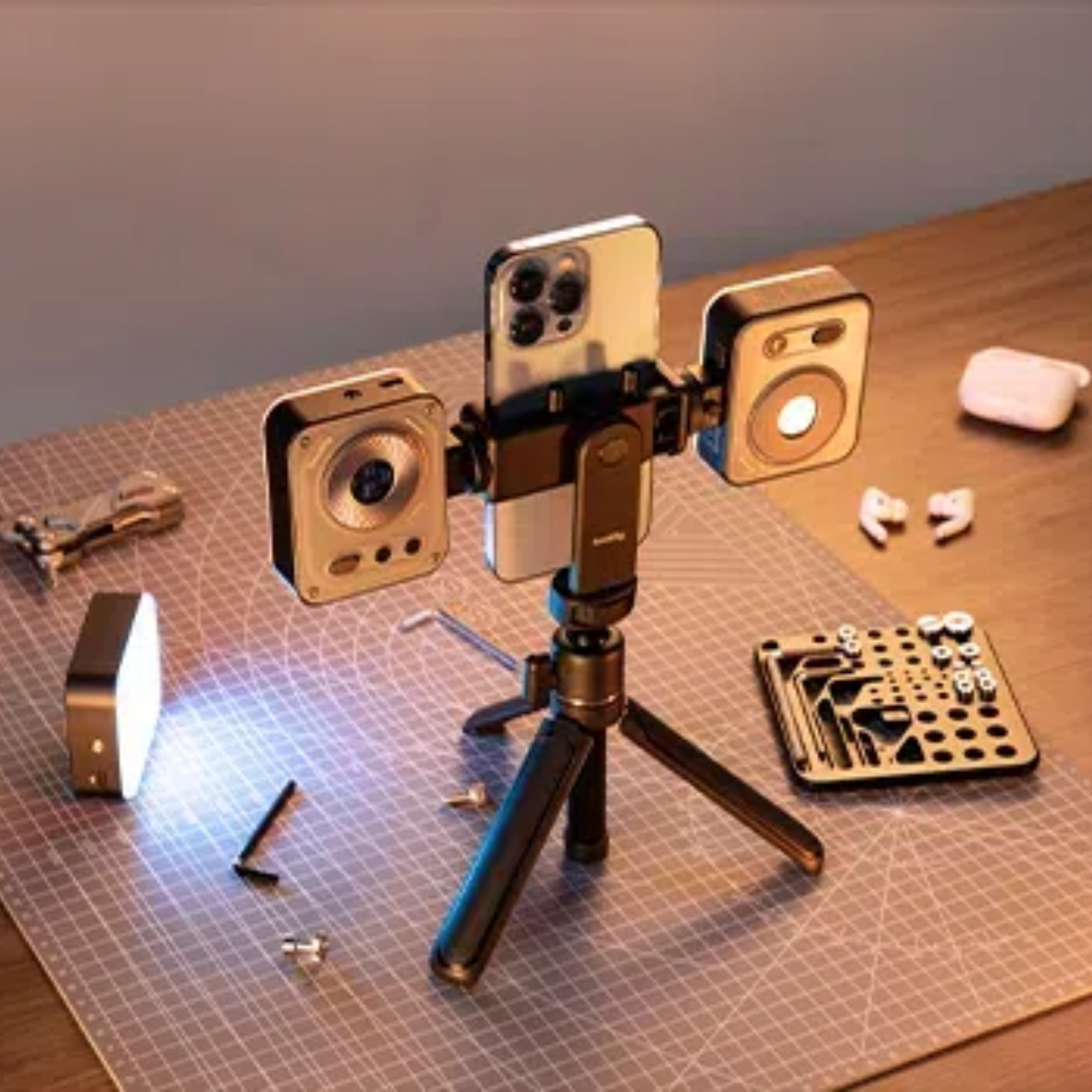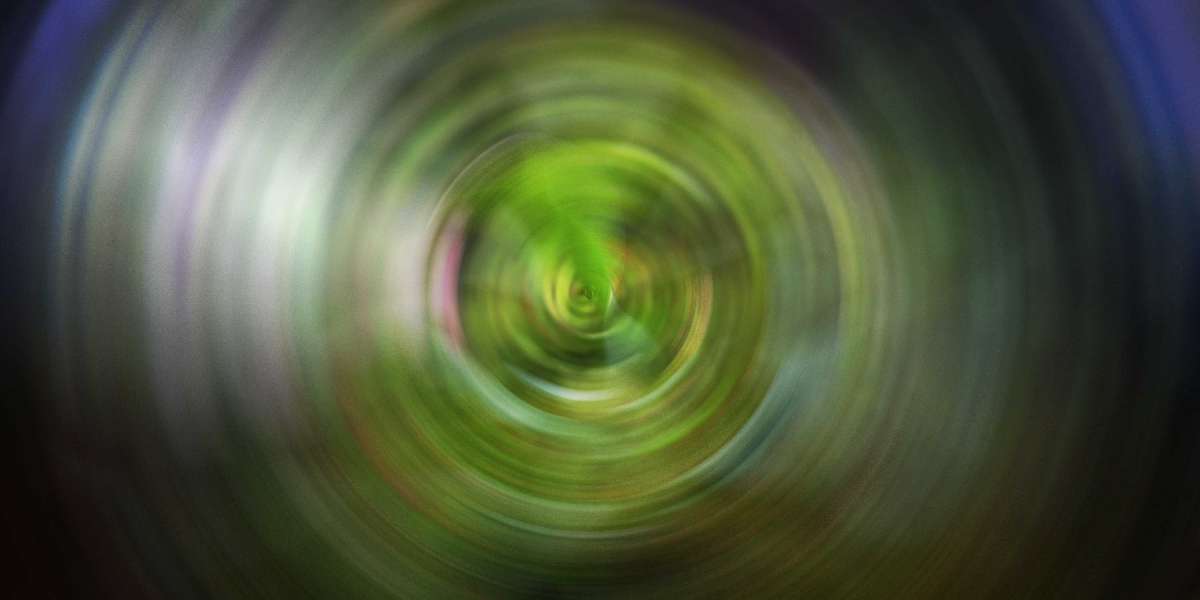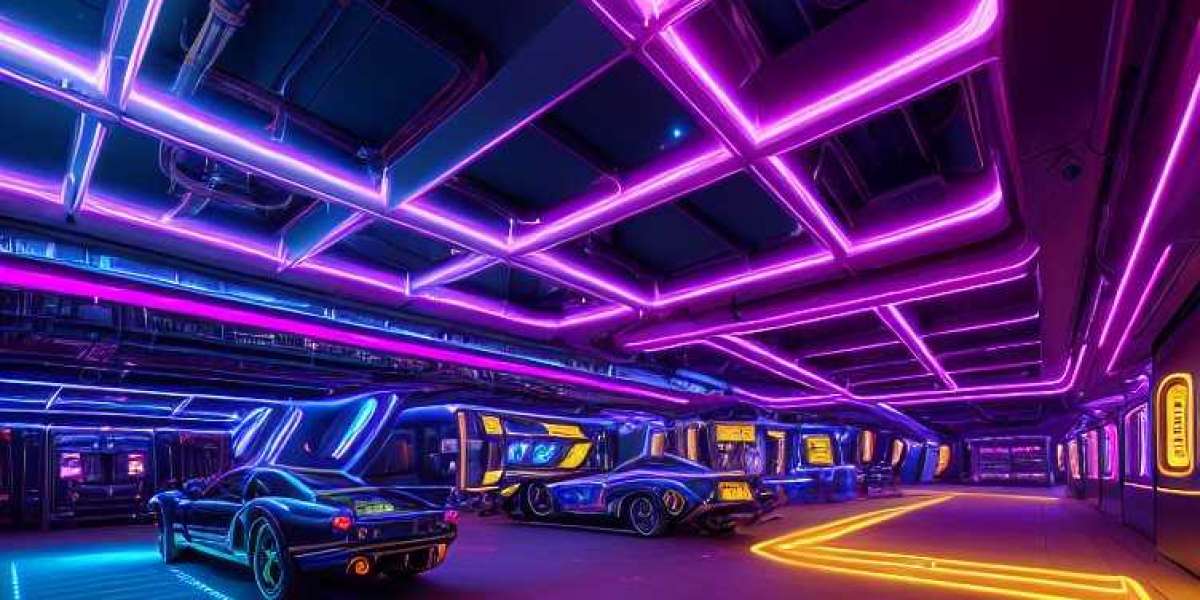Unlock the Secrets of Perfect Lighting: Transform Your Photography Today!
Lighting is the backbone of photography; it can make or break an image. The right lighting not only enhances the subject but also sets the mood and tone of the photograph. Whether you're capturing the vibrant hues of a sunset or the delicate features of a portrait, understanding the nuances of photo lights is essential for achieving stunning results. In this article, we will delve into the various types of photo lights, including natural light, continuous lights, and flash lights. By the end, you'll have the knowledge needed to choose the perfect lighting setup tailored to your specific photography needs.

Understanding Photo Lights
Photo lights are specialized light sources used in photography to illuminate subjects, enhance details, and create the desired atmosphere in an image. Good lighting is crucial because it affects the exposure, color balance, and overall composition of a photograph. Without adequate lighting, even the most talented photographer can struggle to capture the beauty of a scene. Whether you're shooting indoors or outdoors, understanding how to manipulate light can significantly elevate your photography skills. The right lighting can transform an ordinary snapshot into a breathtaking work of art.
Types of Photo Lights
When it comes to photo lights, there are several options available to photographers, each serving unique purposes. The three main types are natural light, continuous lights, and flash lights. Understanding these categories will help you choose the right lighting for your photography style. Each type has its advantages and limitations, and knowing how to use them effectively can enhance your photographic journey.
Natural Light
Natural light is arguably the most accessible and versatile type of lighting for photography. It comes from the sun and varies throughout the day, creating different effects. The primary advantage of natural light is its softness and warmth, which can bring out the best in portrait and landscape photography. However, it also has limitations; for instance, harsh midday sun can create unflattering shadows. To maximize natural light, photographers should consider shooting during the golden hours—just after sunrise or before sunset—when the light is softer and more flattering. Additionally, reflectors can be used to bounce light onto subjects for added illumination.
Continuous Lights
Continuous lights provide a constant source of illumination, making them ideal for video and photography alike. These lights are versatile and allow photographers to see how the light interacts with their subjects in real-time. Continuous lights come in various forms such as LED panels, softboxes, and tungsten lights. They are particularly useful in studio settings and for product photography, where consistent lighting is crucial. One advantage of continuous lights is that they offer adjustable brightness and color temperature, giving photographers complete control over their lighting setup.
Flash Lights
Flash lights, or strobes, are powerful bursts of light that are often used in professional photography. They can freeze motion, illuminate a subject in low-light conditions, and create dramatic contrasts. Flash lights are especially beneficial in scenarios that require capturing fast-moving subjects, such as sports or wildlife photography. However, using flash effectively requires practice and understanding of techniques such as bouncing light off surfaces or using diffusers to soften the harshness of the flash. By mastering flash techniques, photographers can achieve stunning results even in challenging lighting conditions.
Choosing the Right Photo Light
When selecting photo lights for your photography, consider your style, subject matter, and shooting environment. Start by evaluating the type of photography you enjoy—portrait, landscape, product, or event photography—as this will influence your lighting choices. Pay attention to factors such as color temperature, which affects the warmth or coolness of your images, and intensity, which determines how brightly the light will illuminate your subject. Portability is another critical aspect to consider, especially if you plan on shooting outdoors or traveling. A well-thought-out lighting setup can make a significant difference in your photographic outcomes, so take the time to find what works best for you.
Practical Tips for Using Photo Lights
To get the most out of your photo lights, here are some practical tips. First, experiment with positioning your lights at different angles to see how it affects shadows and highlights. Use diffusers or softboxes to create a softer light that minimizes harsh shadows and produces a more flattering effect on subjects. Always pay attention to your camera settings in relation to your lighting setup; adjusting your aperture, ISO, and shutter speed can help you achieve the best exposure. Lastly, don't hesitate to adjust your lighting as needed during a shoot; flexibility can lead to unexpected and beautiful results.
Mastering the Art of Lighting
In this article, we explored the essential role of photo lights in photography and discussed the various types available, including natural light, continuous lights, and flash lights. We also covered how to select the right lighting for your specific needs and shared practical tips for maximizing your lighting setup. Mastering the art of lighting is crucial for improving your photography skills, and I encourage you to experiment with different photo lights to discover what works best for you. Lighting can transform your images from ordinary to extraordinary, so embrace the challenge and watch your photography flourish.








